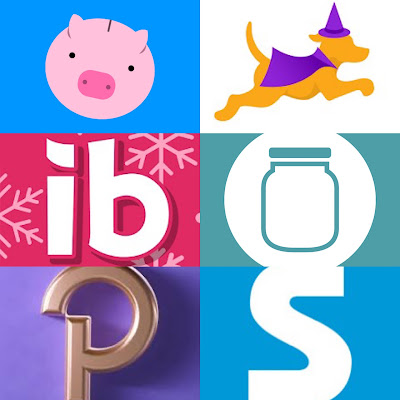Featured
- Get link
- X
- Other Apps
The Hidden Weight of Burnout: How It Creeps In, Affects Those Around You, & What You Can Do About It
Understanding Burnout: The Quiet Strain & How to Break the Cycle
My Personal Struggle with Burnout
One of the hardest seasons of my life was when we moved to Florida. I had a newborn, a toddler, and a nine-year-old. On top of that, I was homesick for New York City, where I was born and raised. Everything around me felt unfamiliar—my routines, my environment, and even myself. Looking back, I see now that what I was dealing with wasn’t just burnout—it was a combination of emotional exhaustion, a touch of postpartum depression, and the overwhelming stress of a life change.
At the time, though, I didn’t stop to process what was happening. Instead, I stayed busy. I kept pushing through because, as a mom, that’s what I thought I was supposed to do. I told myself that I didn’t have time to feel my feelings. But eventually, it all caught up with me.
The Quiet Toll of Burnout
Burnout doesn’t just affect you—it affects everyone around you. For a long time, I thought I was managing everything, appearing functional on the outside. I was doing well at work, I was taking care of my kids, and I was keeping up with the demands of life. But inside, I felt numb. My marriage started to feel the strain, and my family dynamic shifted. I didn’t realize at the time, but it was all connected to my burnout.
Burnout is a vicious cycle. You push through because you have responsibilities—bills to pay, kids to care for, life that doesn’t stop. But the more you push, the deeper you sink into burnout. What’s even more startling is that burnout doesn’t just stay with you—it’s contagious. Research shows that burnout can impact those around you, especially those closest to you. I witnessed this firsthand in my home, and it was heartbreaking to see how my burnout affected my family.
Recognizing the Signs of Burnout
Burnout has a way of sneaking up on you. It often reminds me of grief. When you’re grieving, the immediate aftermath is full of activity—funeral plans, visitors, and arrangements. It’s only once everything quiets down that the full weight of the loss hits you. Burnout feels the same way. During the busiest moments, you may not even realize how drained you are. But when the pace slows, the exhaustion becomes undeniable.
For me, emotional exhaustion was the first sign that something was wrong. But I ignored it. I convinced myself I was fine because I was still getting things done. But looking back, I now know that just because you’re functioning doesn’t mean you’re okay. Burnout is a clear sign that something needs to change.
Breaking the Cycle of Burnout
If this resonates with you, here’s what I want you to know: You are not weak. Burnout is not a reflection of your strength or capability. It’s a message from your body and mind saying, Something needs to change. The first step is to acknowledge what’s happening. Stop pretending that you’re fine when you’re not. It’s okay to feel overwhelmed. You don’t have to have everything figured out.
Once you’ve acknowledged it, take small steps toward healing. It doesn’t have to be an overnight transformation. Maybe it’s something simple like taking a 10-minute walk, reaching out to a friend, or saying “no” to commitments that drain you. Little by little, these small acts of self-care can help you regain balance.
Lastly, don’t isolate yourself. Talk about it. Share your struggles with someone you trust. Burnout thrives in silence, but when we bring it into the light, we strip it of its power. You are not alone in this journey.
Let's Talk About It
What has burnout looked like in your life? How have you managed it, or are you still trying to figure it out? I’d love to hear your story. Let’s start a conversation. Sometimes, just knowing you’re not alone can be the first step toward healing.
Drop a comment below, and let’s navigate this together.
- Get link
- X
- Other Apps

.png)

Comments
Post a Comment